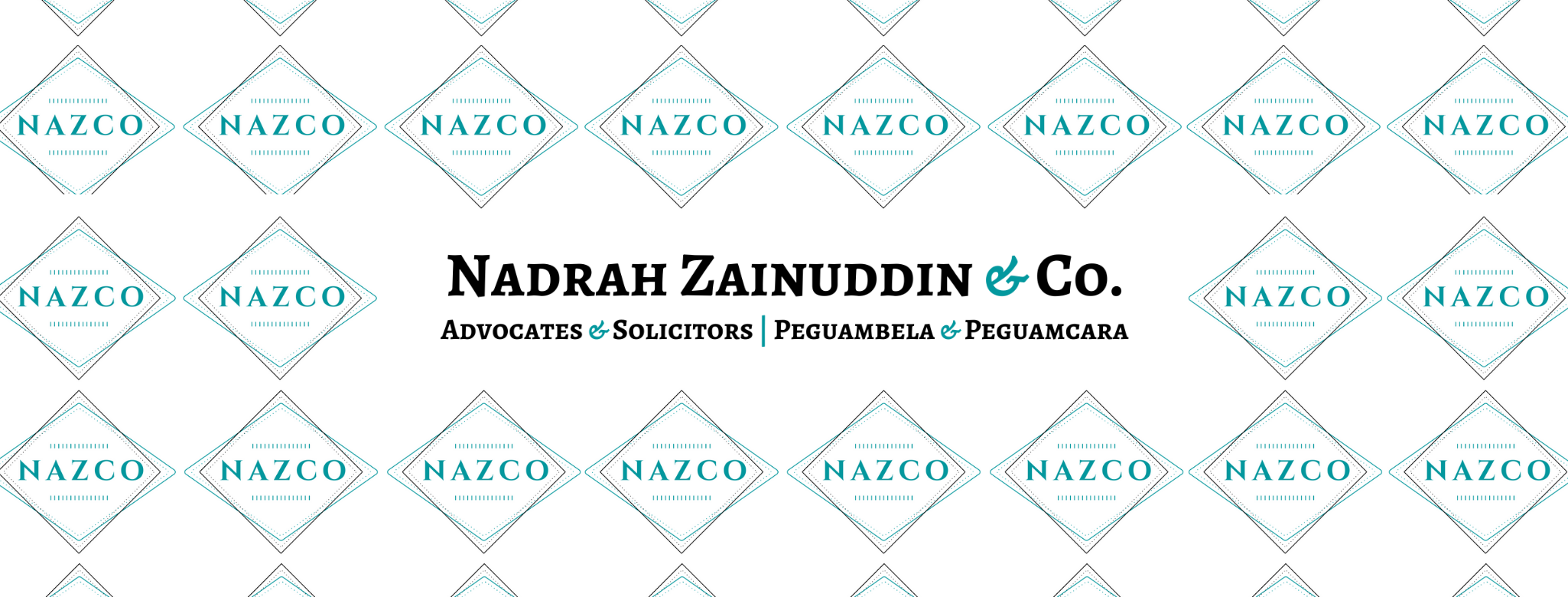When Judgment has been obtained and your debtor still refuses to pay, what should you do?
You execute the Judgment.
Here’s the summary of the ways available for you
to choose, to recover your money from your debtor. Whichever proceeding you have in
mind, always remember to act fast as “debt is beautiful ONLY after it is
paid”.
- Bankruptcy Proceeding (Insolvency Act 1967)
- You can choose this proceeding if your Judgment Sum is RM100,000 and above (previously it was RM50,000. Amendment has been made very recently).
- This is not the fastest way to recover your money but it will definitely put a lot of pressure on your debtor to pay your money because lets face the truth, nobody wants to be declared as a bankrupt.
- Judgment Debtor Summon (O. 48 ROC 2012)
- When your debtor refuses to pay your money even after Judgment has been served, you can choose this way to summon your debtor to Court, again.
- This time around, the purpose of your debtor attending Court is for him to be orally examined on his capabilities to settle the said Judgment Sum. Your debtor’s will have to disclose his incomes, bank accounts, assets as well as expenses to Court and Court will then proceed to make an Order on how your debtor to pay the debt; whether in instalments or in whatever manner the Court thinks reasonable.
- Garnishee Proceeding (O. 49 ROC 2012)
- This is usually the easiest and the fastest way to recover your money.
- You will make an application to Court to demand the Judgment Sum from the following persons:-
(i) the employer of your debtor; you can garnish your debtor’s salary whereby part of his monthly salary will be paid to you.
(ii) a third party who owes your debtor; you can garnish that income whereby the payment will be paid to you instead of your debtor.
(iii) your debtor’s bank accounts; you can garnish your debtor’s bank accounts and obtain your money directly from his bank accounts provided that you know which bank is your debtor using.
- Winding Up Proceeding (Companies Act 2016 & Winding Up Rules 1972)
- If your debtor is a company and the Judgment Sum is RM10,000 and above, you can choose this proceeding to recover your money.
- However, during this period of Movement Control Order, the threshold for winding up has been increased to more than RM50,000 with effect from 23/4/20200 – 31/12/2020.
- Similarly to Bankruptcy proceeding, this is not the fastest way to recover your money as it involves a lengthy process.
- Writ Of Seizure And Sale (O. 45 R. 12 ROC 2012)
- If you happen to know your debtor owns any valuable property be it movable or immovable, you can choose this proceeding and make an application to Court to seize the said properties. Those properties will then be auctioned by Court to pay your Judgment Sum. The examples of properties which are allowed to be seized are; Vehicles, Jewelleries, Electronic items, Goods of his business
- Committal Proceeding (O. 52 ROC 2012)
- This is the proceeding you should consider if your Judgment contains penal clause and prescribes specific manner on how the payment should be made and yet your debtor failed to comply.
- You can make an application to Court for your debtor to be fined or imprisoned or both as his non-compliance amounts to contempt of Court.
- However, this is not the best way to recover your money and for the same reason, Court is usually reluctant to allow this application.

